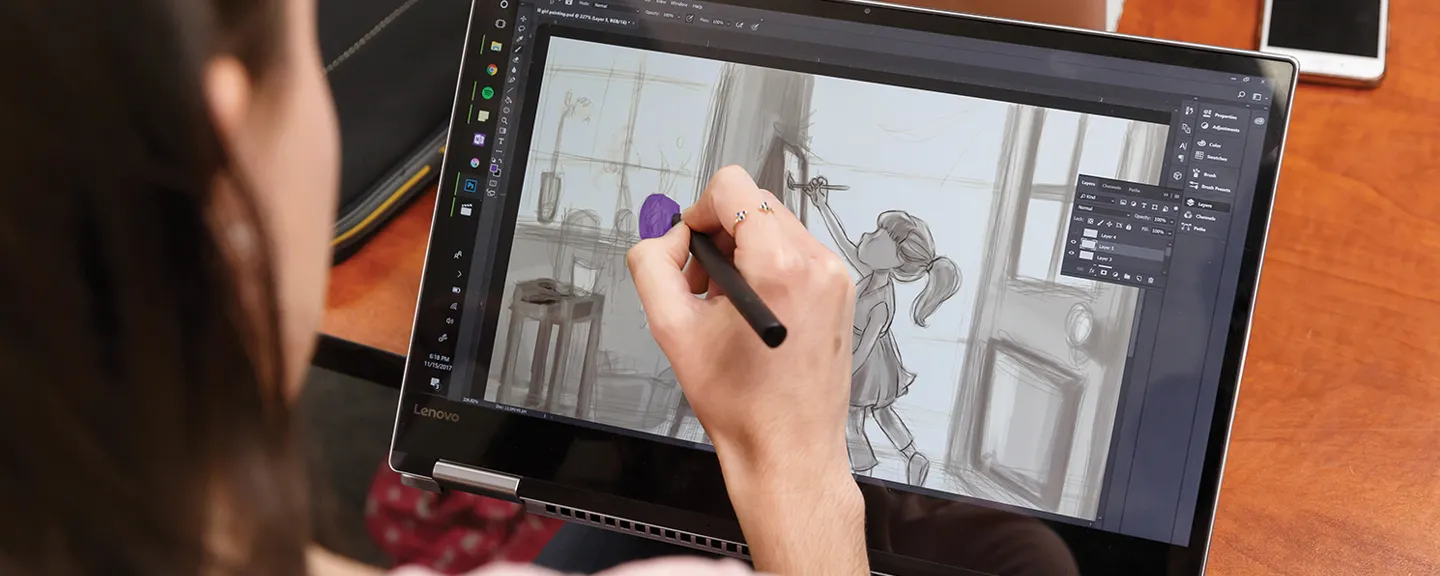- Home
- >
- APU Articles
- >
- News Article
What Can You Do With a Degree in Animation and Visual Effects?
January 08, 2018 | Written By Ashley Eneriz

If you are a passionate storyteller who loves to create new worlds and characters, then an animation and visual effects degree might be the next step for you.
Get Involved in a Growing Industry
If you pursue a degree in animation and visual effects, your skills will be an asset for television shows, movies, video games, commercials, online marketing, and more. According to the U.S. Bureau of Labor Statistics, the need for multimedia artists and animators is expected to grow about 10 percent through the year 2026, with a continual demand for talent for high-quality films and video games. That’s well above the overall 7 percent projected job growth across industries. Not only is the animation industry growing, but it’s lucrative. The average wage for multimedia artists and animators in the Los Angeles area in 2016 was $81,890.
Make the Most of Your Degree
Speaking of Los Angeles, it’s no secret L.A. is where you’ll find the heart of the filmmaking industry. Thus, it’s useful to pursue a degree that plugs you directly into this space. By pursuing an animations degree in the area, you can build a strong network of seasoned professors that will help propel you into a successful career. The faculty behind the animation major at Azusa Pacific University are professionals in the film industry and have worked on films such as The Jungle Book, Hunchback of Notre Dame, and The Ultimate Gift.
As an animation and visual effects major, you’ll also gain hands-on experience with state-of-the-art animation tools you’ll likely use throughout your career. Access to facilities like green screens and sound stages are important in helping to prepare you for the technical side of the industry. But the industry isn’t all technical, and your education shouldn’t be either. Your schedule should include various animation and drawing courses, as well as courses in storytelling and the cinematic arts.
Participating in networking events offered through your school can also help you build connections that can lead to exciting job prospects. At Azusa Pacific, students can attend Burbank’s annual Animation Expo, which brings more than 6,000 professional animators and studio executives together for demonstrations and networking. You will even have access to incredible internships with studios like Walt Disney and DreamWorks so you can start building an impressive and competitive résumé.
Put Your Degree to Work
With a degree in animation and effects and a strong résumé in hand, you can pursue a wide range of careers in filmmaking. As an animator, you can create visual effects and images for various forms of media including television, movies, and video games. Choose your specialty (stop-motion, 2D drawn, or 2D or 3D computer animation), design cool characters, and watch them come to life.
If you’re a talented painter with a passion for digital art, what better way to spend your time than as a digital painter? Take your eye for color and help animated images jump off the screen. Of course, the potential careers to pursue don’t end there. You could make it as a director, compositor, layout artist (2D drawn, or 2D or 3D computer animation), lighting technical director, production designer, storyboard artist—the list goes on.
It’s not a coincidence that you have a passion and talent for storytelling and drawing. Why not turn your creative side into a career?